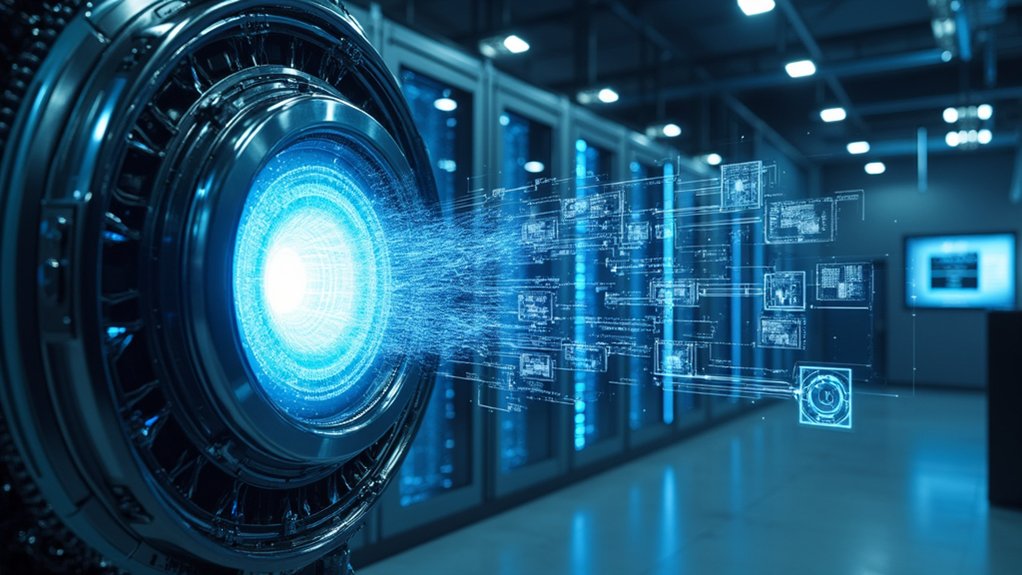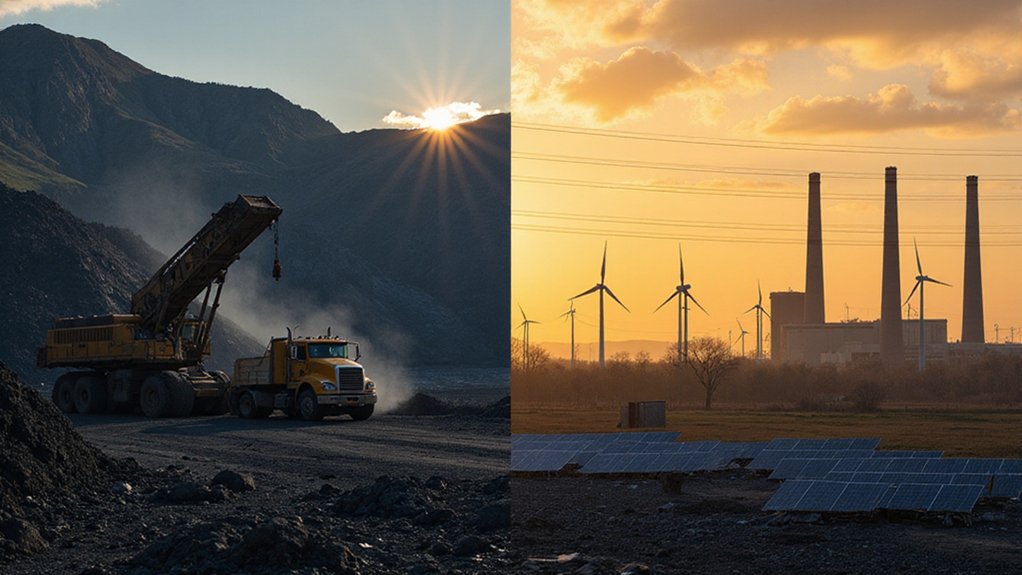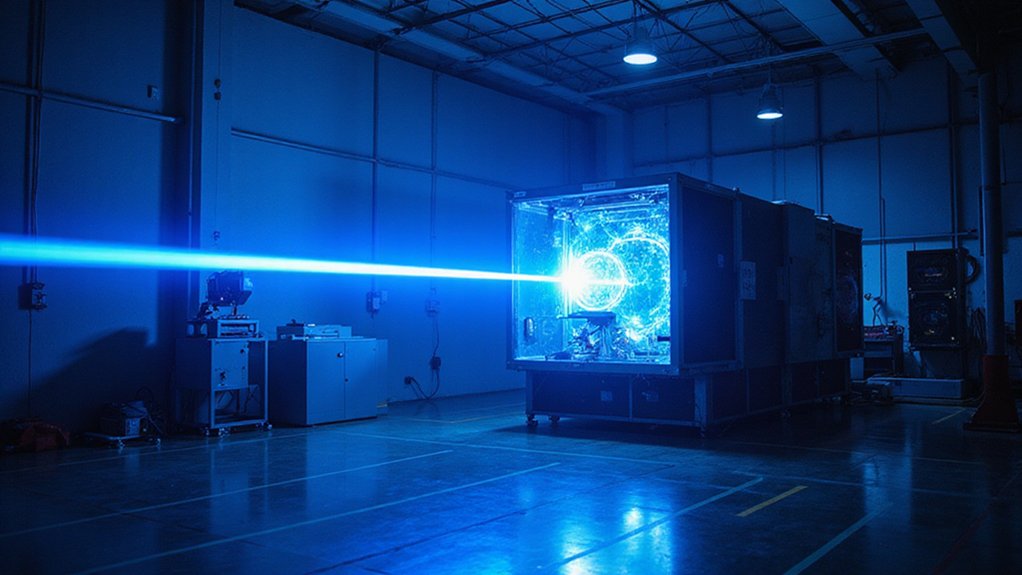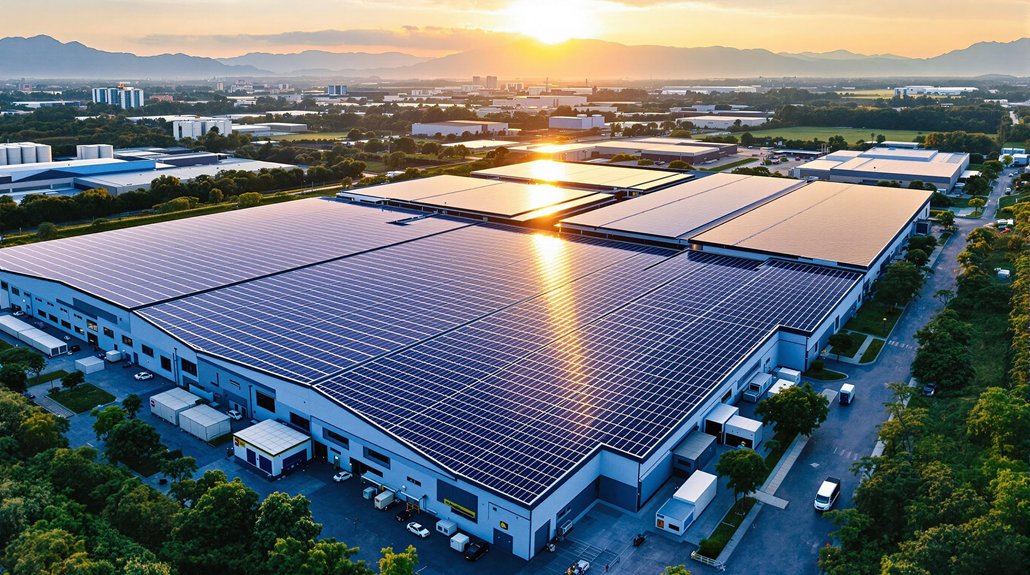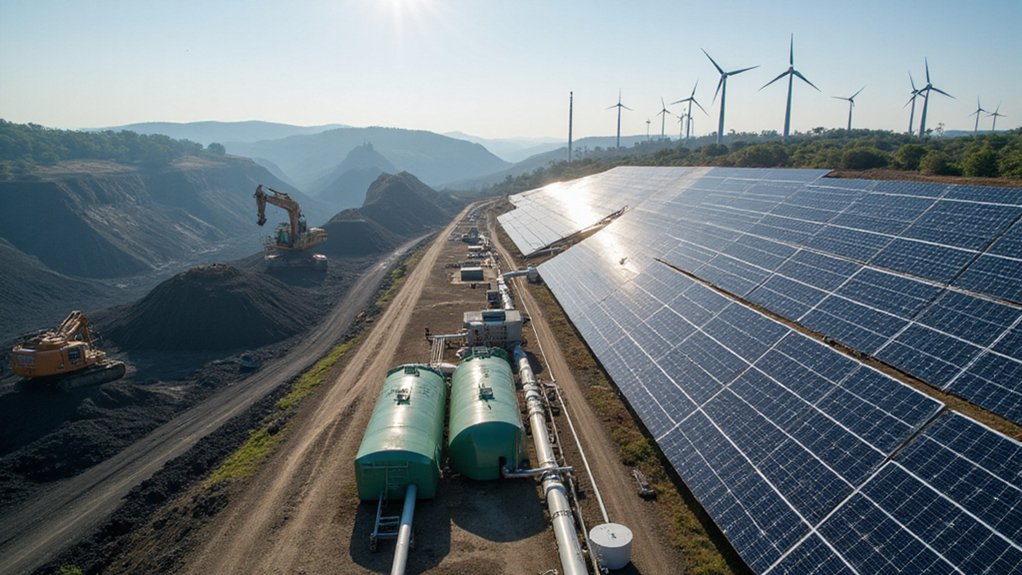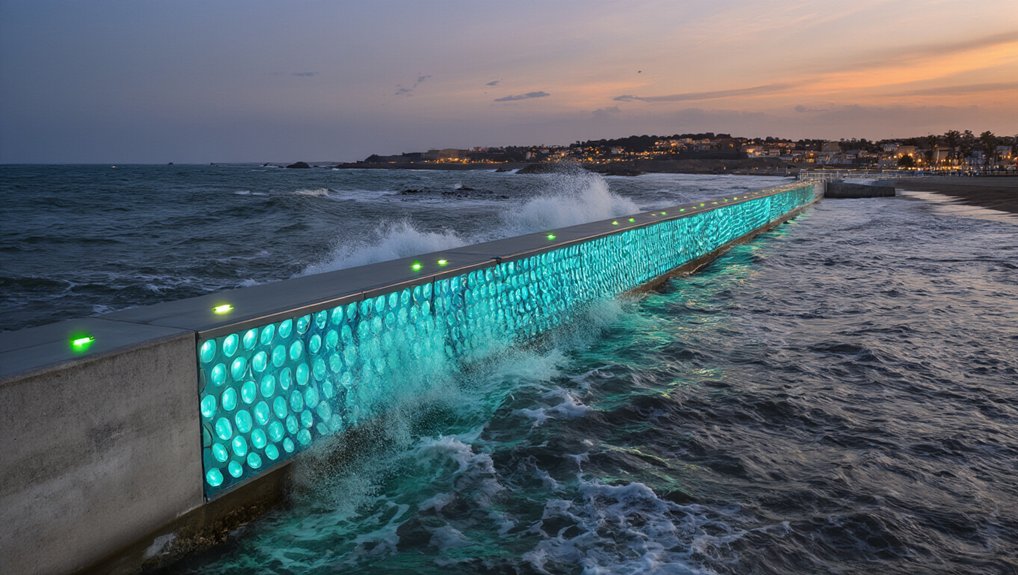Microsoft’s making a bold move into fusion energy, signing a deal with Helion to power its AI operations. They’ll secure 50 megawatts by 2028 – perfect timing as data centers gobble up electricity like never before. No carbon emissions, less radioactive waste than traditional nuclear. Smart business, too. Their 20-year contract positions them ahead of tech rivals scrambling for clean energy. The fusion gamble might just solve AI’s insatiable power hunger.
While tech giants race to build the biggest AI systems, Microsoft has quietly been planning how to actually power these energy-hungry beasts. The company just inked a deal with Helion to buy electricity from their first fusion power plant. Yes, fusion. The sci-fi energy source that’s always been “30 years away” is apparently coming in 2028, and Microsoft’s got dibs on the first 50 megawatts.
Smart move. AI systems devour electricity like teenagers raid refrigerators. Global data center demand is expected to hit a whopping 1,000 TWh annually by 2026. That’s a lot of juice. The existing grid is already sweating, and someone’s gotta keep those servers humming 24/7. Fusion offers what solar and wind can’t – constant, reliable power without the carbon baggage.
AI’s appetite for power makes fusion energy not just smart—it’s necessary for a grid already struggling to keep up.
Microsoft isn’t just throwing money at fusion and hoping for the best. They’re getting their hands dirty with ITER, the massive international fusion project. Their contributions? Cloud computing, AI tools, and software like Microsoft 365 Copilot and Azure OpenAI Service. ITER aims to prove fusion as a large-scale, carbon-free energy source, designed to generate approximately 500MW of power annually. These tools help model plasma – that super-hot star stuff – and design complex plant systems. Talk about eating your own dog food.
The environmental upside is massive. No carbon dioxide. No air pollution. Minimal radioactive waste. It’s a clean energy jackpot that helps Microsoft hit its carbon negative goal by 2030. With Microsoft’s energy consumption having increased nearly 30% last year, fusion power couldn’t come at a better time. Not bad for a company whose business increasingly depends on electricity-guzzling data centers.
The economics make sense too. Microsoft signed a 20-year contract with Constellation Energy at Three Mile Island. Long-term thinking for long-term problems. Once fusion goes commercial, operating costs could plummet as cheap, abundant electricity becomes available. This approach aligns with industry projections showing annual investment in nuclear power needs to double to $120 billion by 2030.
Fusion energy powering AI systems. It’s like using tomorrow’s technology to build today’s future. And while everyone else is scrambling to secure power for their AI ambitions, Microsoft’s already got a seat at the table. The clean fusion table, that is.
References
- https://news.microsoft.com/source/emea/features/nuclear-fusion-delivering-on-the-promise-of-carbon-free-power-with-the-help-of-ai/
- https://eepower.com/tech-insights/microsoft-bets-on-fusion-for-ai-energy-solution/
- https://gfmag.com/economics-policy-regulation/microsoft-three-mile-island-nuclear-power-ai-demand/
- https://www.catf.us/2024/11/new-report-finds-ai-high-performance-computing-poised-fast-track-fusion-energy-technologies/
- https://www.innovationnewsnetwork.com/microsoft-restarts-three-mile-island-nuclear-plant-to-power-ai/51350/
